Black colored mold.
jjaazzy
12 years ago
Related Stories

FRONT DOOR COLORSFront and Center Color: When to Paint Your Door Black
Love the idea of a black front door? Here are 8 exterior palettes to make it work
Full Story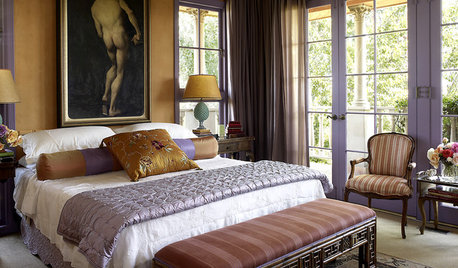
DECORATING GUIDESChoose an Unexpected Color for Your Trim
Go Beyond Glossy White Molding for a Room With Distinction
Full Story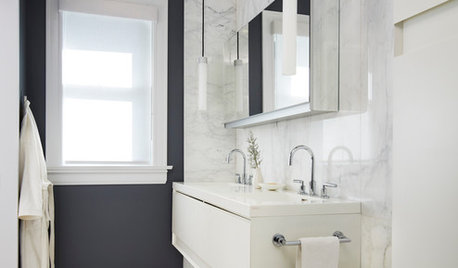
COLORBathed in Color: When to Use Black in the Bath
Dare to bring black in for a dramatic and elegant bath that's different from all the rest
Full Story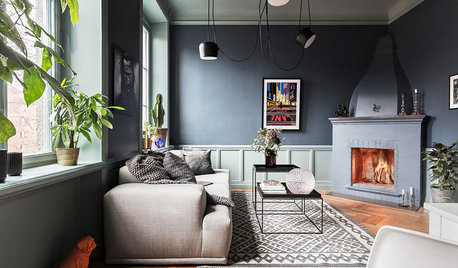
DECORATING GUIDESWhat Goes With Black Walls?
Once seen only in teenagers’ bedrooms, black these days is chic and showing up everywhere. Learn which colors are its perfect partners
Full Story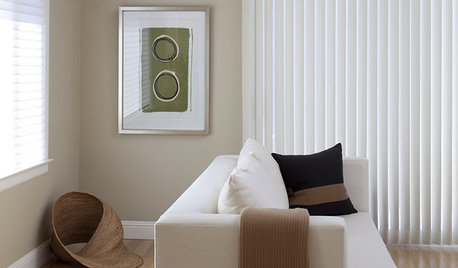
BROWNBeige to Almost Black: How to Pick the Right Brown
Warm your home with paint the color of lattes, espresso and chocolate
Full Story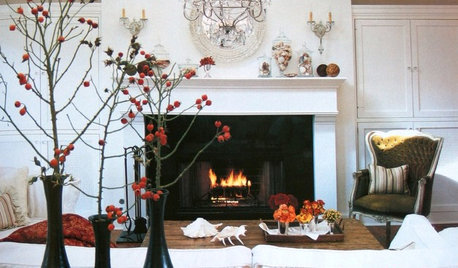
BLACKHollywood Glamour In Black, White and Red
The Ultimate Bold and Light Colors Create Drama Together
Full Story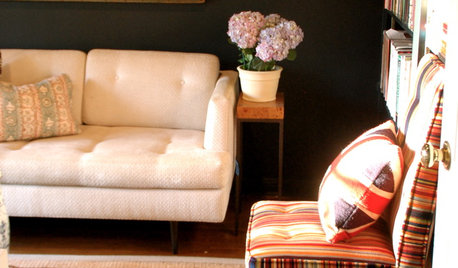
BLACKColor Guide: How to Work With Black
Take a walk on the dark side — your home has nothing to fear with this color when you know how to use it
Full Story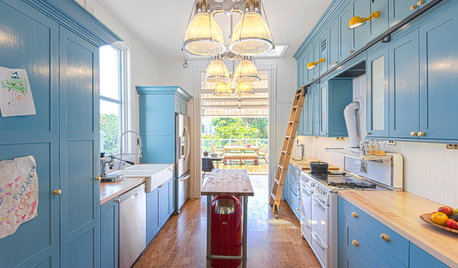
KITCHEN DESIGNKitchen of the Week: Pushing Boundaries in a San Francisco Victorian
If the roll-up garage door doesn’t clue you in, the blue cabinets and oversize molding will: This kitchen is no ordinary Victorian galley
Full Story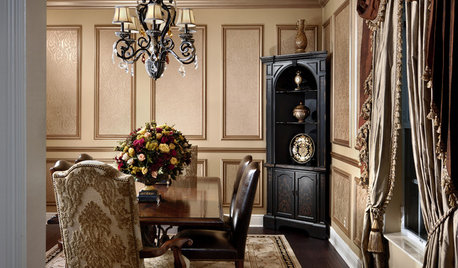
DINING ROOMSWays with Moulding in the Dining Room
The Design Detail Adds Drama to These Dining Areas
Full Story





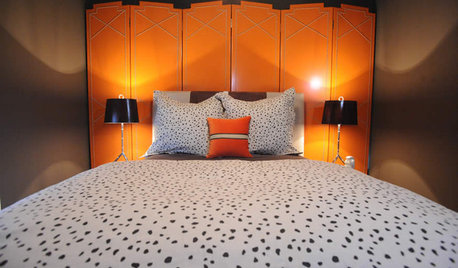
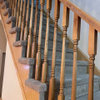

randy427
jjaazzyOriginal Author
Related Professionals
Las Vegas Kitchen & Bathroom Remodelers · Phoenix Kitchen & Bathroom Remodelers · South Jordan Kitchen & Bathroom Remodelers · East Riverdale General Contractors · Eau Claire General Contractors · Fairview General Contractors · Henderson General Contractors · Mineral Wells General Contractors · Seabrook General Contractors · Tyler General Contractors · Waianae General Contractors · Spring Painters · Saint Andrews Painters · St. Johns Painters · Gardner Paintersionized_gw
ionized_gw
jjaazzyOriginal Author